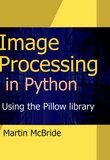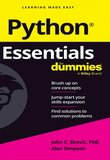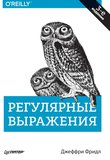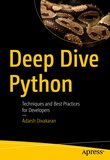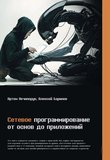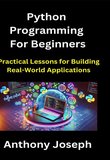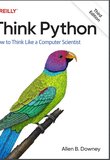-
.NET (.NET Core)
-
1C
-
APL
-
AWK
-
Agda
-
Agile/Scrum
-
Alef
-
Assembler
-
Basic
-
Beta Programming Language
-
Big Data/DataScience
-
C
-
C#
-
C++
-
CSS
-
Cobol
-
Crystal
-
D
-
Dart
-
DataBase (SQL)
-
Delphi
-
F#
-
Flutter
-
Fortran
-
GPT/AI/ИИ
-
GameDev
-
Git
-
Go (Golang)
-
HTML
-
Hacking and Security
-
Haskell
-
Java
-
JavaScript (JS)
-
Julia
-
Kotlin
-
Machine Learning (ML)
-
Natural language processing (NLP)
-
PHP
-
Pascal
-
Python
-
R
-
Ruby
-
Rust
-
Scratch
-
Swift
-
UML
-
UX/UI
-
Visual Basic
-
Wolfram
-
XML
-
АСУ
-
Проектирование/System Design
-
Сети/Network
-
Схемотехника/электронные схемы
-
.NET (.NET Core)
-
1C
-
APL
-
AWK
-
Agda
-
Agile/Scrum
-
Alef
-
Assembler
-
Basic
-
Beta Programming Language
-
Big Data/DataScience
-
C
-
C#
-
C++
-
CSS
-
Cobol
-
Crystal
-
D
-
Dart
-
DataBase (SQL)
-
Delphi
-
F#
-
Flutter
-
Fortran
-
GPT/AI/ИИ
-
GameDev
-
Git
-
Go (Golang)
-
HTML
-
Hacking and Security
-
Haskell
-
Java
-
JavaScript (JS)
-
Julia
-
Kotlin
-
Machine Learning (ML)
-
Natural language processing (NLP)
-
PHP
-
Pascal
-
Python
-
R
-
Ruby
-
Rust
-
Scratch
-
Swift
-
UML
-
UX/UI
-
Visual Basic
-
Wolfram
-
XML
-
АСУ
-
Проектирование/System Design
-
Сети/Network
-
Схемотехника/электронные схемы
Меню
Modeling and Simulation in Python: An Introduction for Scientists and Engineers
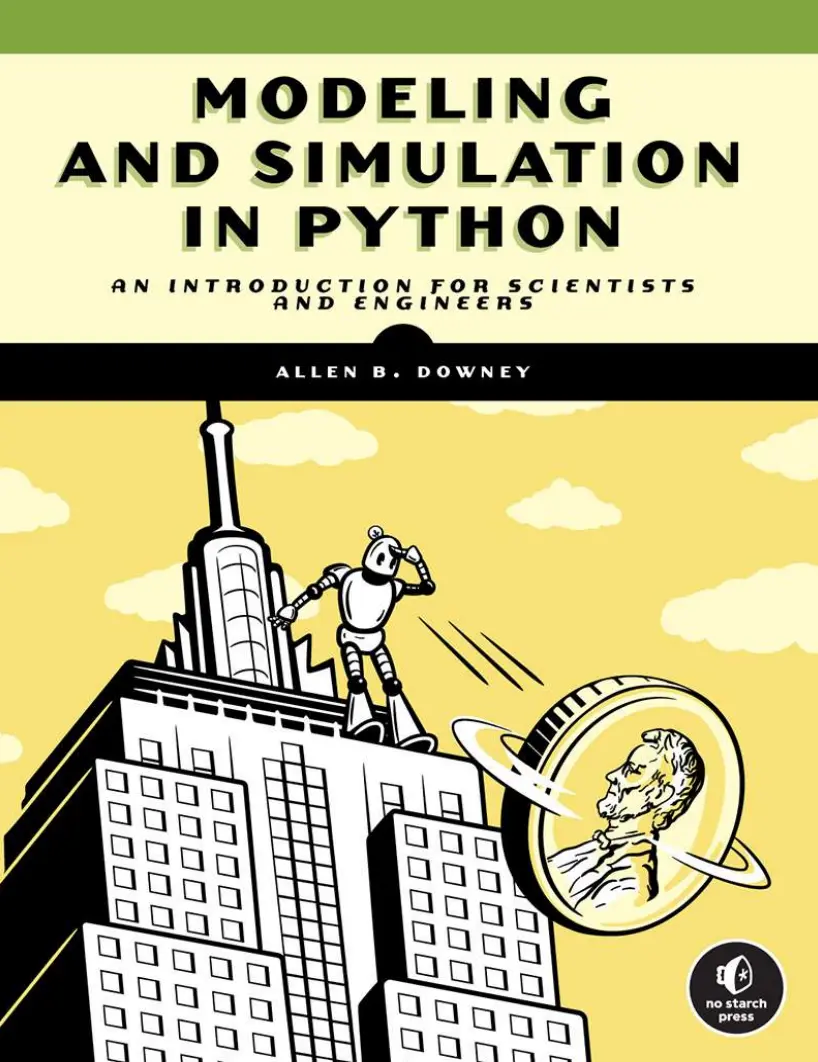
Автор: Downey Allen
Дата выхода: 2023
Издательство: No Starch Press, Inc.
Количество страниц: 311
Размер файла: 2,0 МБ
Тип файла: PDF
Добавил: codelibs
Modeling and Simulation Book - Table of Contents
Front Matter
- Acknowledgments
- Introduction
- Who Is This Book For?
- How Much Math and Science Do I Need?
- How Much Programming Do I Need?
- Book Overview
- Teaching Modeling
- Getting Started
- Installing Python
- Running Jupyter
- Suggestions and Corrections
PART I: DISCRETE SYSTEMS
Chapter 1: Introduction to Modeling
- The Modeling Framework
- Testing the Falling Penny Myth
- Computation in Python
- False Precision
- Computation with Units
- Summary
- Exercises
Chapter 2: Modeling a Bike Share System
- Our Bike Share Model
- Defining Functions
- Print Statements
- if Statements
- Parameters
- for Loops
- TimeSeries
- Plotting
- Summary
- Exercises
- Under the Hood
Chapter 3: Iterative Modeling
- Iterating on Our Bike Share Model
- Using More Than One State Object
- Documentation
- Dealing with Negative Bikes
- Comparison Operators
- Introducing Metrics
- Summary
- Exercises
Chapter 4: Parameters and Metrics
- Functions That Return Values
- Loops and Arrays
- Sweeping Parameters
- Incremental Development
- Summary
- Exercises
- Challenge Exercises
- Under the Hood
Chapter 5: Building a Population Model
- Exploring the Data
- Absolute and Relative Errors
- Modeling Population Growth
- Simulating Population Growth
- Summary
- Exercise
Chapter 6: Iterating the Population Model
- System Objects
- A Proportional Growth Model
- Factoring Out the Update Function
- Combining Birth and Death
- Summary
- Exercise
- Under the Hood
Chapter 7: Limits to Growth
- Quadratic Growth
- Net Growth
- Finding Equilibrium
- Dysfunctions
- Summary
- Exercises
Chapter 8: Projecting into the Future
- Generating Projections
- Comparing Projections
- Summary
- Exercise
Chapter 9: Analysis and Symbolic Computation
- Difference Equations
- Differential Equations
- Analysis and Simulation
- Analysis with WolframAlpha
- Analysis with SymPy
- Differential Equations in SymPy
- Solving the Quadratic Growth Model
- Summary
- Exercises
Chapter 10: Case Studies Part I
- Historical World Population
- One Queue or Two?
- Predicting Salmon Populations
- Tree Growth
PART II: FIRST-ORDER SYSTEMS
Chapter 11: Epidemiology and SIR Models
- The Freshman Plague
- The Kermack-McKendrick Model
- The KM Equations
- Implementing the KM Model
- The Update Function
- Running the Simulation
- Collecting the Results
- Now with a TimeFrame
- Summary
- Exercise
Chapter 12: Quantifying Interventions
- The Effects of Immunization
- Choosing Metrics
- Sweeping Immunization
- Summary
- Exercise
Chapter 13: Sweeping Parameters
- Sweeping Beta
- Sweeping Gamma
- Using a SweepFrame
- Summary
- Exercise
Chapter 14: Nondimensionalization
- Beta and Gamma
- Exploring the Results
- Contact Number
- Comparing Analysis and Simulation
- Estimating the Contact Number
- Summary
- Exercises
- Under the Hood
Chapter 15: Thermal Systems
- The Coffee Cooling Problem
- Temperature and Heat
- Heat Transfer
- Newton's Law of Cooling
- Implementing Newtonian Cooling
- Finding Roots
- Estimating r
- Summary
- Exercises
Chapter 16: Solving the Coffee Problem
- Mixing Liquids
- Mix First or Last?
- Optimal Timing
- The Analytic Solution
- Summary
- Exercises
Chapter 17: Modeling Blood Sugar
- The Minimal Model
- The Glucose Minimal Model
- Getting the Data
- Interpolation
- Summary
- Exercises
Chapter 18: Implementing the Minimal Model
- Implementing the Model
- The Update Function
- Running the Simulation
- Solving Differential Equations
- Summary
- Exercise
Chapter 19: Case Studies Part II
- Revisiting the Minimal Model
- The Insulin Minimal Model
- Low-Pass Filter
- Thermal Behavior of a Wall
- HIV
PART III: SECOND-ORDER SYSTEMS
Chapter 20: The Falling Penny Revisited
- Newton's Second Law of Motion
- Dropping Pennies
- Event Functions
- Summary
- Exercise
Chapter 21: Drag
- Calculating Drag Force
- The Params Object
- Simulating the Penny Drop
- Summary
- Exercises
Chapter 22: Two-Dimensional Motion
- Assumptions and Decisions
- Vectors
- Simulating Baseball Flight
- Drag Force
- Adding an Event Function
- Visualizing Trajectories
- Animating the Baseball
- Summary
- Exercises
Chapter 23: Optimization
- The Manny Ramirez Problem
- Finding the Range
- Summary
- Exercise
- Under the Hood
Chapter 24: Rotation
- The Physics of Toilet Paper
- Setting Parameters
- Simulating the System
- Plotting the Results
- The Analytic Solution
- Summary
- Exercise
Chapter 25: Torque
- Angular Acceleration
- Moment of Inertia
- Teapots and Turntables
- Two-Phase Simulation
- Phase 1
- Phase 2
- Combining the Results
- Estimating Friction
- Animating the Turntable
- Summary
- Exercise
Chapter 26: Case Studies Part III
- Bungee Jumping
- Bungee Dunk Revisited
- Orbiting the Sun
- Spider-Man
- Kittens
- Simulating a Yo-Yo
- Congratulations
Back Matter
Appendix: Under the Hood
- How run_solve_ivp Works
- How root_scalar Works
- How maximize_scalar Works
Index
Modeling and Simulation in Python teaches readers how to analyze real-world scenarios using the Python programming language, requiring no more than a background in high school math.
Modeling and Simulation in Python is a thorough but easy-to-follow introduction to physical modeling—that is, the art of describing and simulating real-world systems. Readers are guided through modeling things like world population growth, infectious disease, bungee jumping, baseball flight trajectories, celestial mechanics, and more while simultaneously developing a strong understanding of fundamental programming concepts like loops, vectors, and functions.
Clear and concise, with a focus on learning by doing, the author spares the reader abstract, theoretical complexities and gets right to hands-on examples that show how to produce useful models and simulations.
